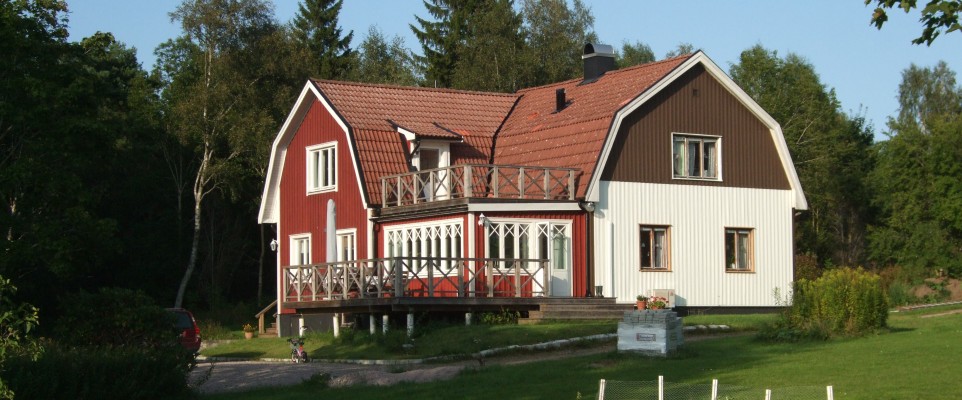Cultivating systems & harvesting process
There are scalable systems to grow microalgae in, for example to produce Omega 3, and these could be used for biofuel production (Flo, 2010). Systems for commercial growing algae include open pond system, enclosed tubes, bioreactors and plastic curtains (Pipe, 2010). The choice of system depends on the price of the end product since open ponds are cheaper while closed systems easier to control with a more even result (Demirbas & Demirbas, 2011). Surface area of the system is more important than volume, since the photosynthetic rate will depend on the area exposed to light and not on the actual volume. Open ponds have big advantages in terms of cost efficiency, but have problems with grazing and with great variance in output, even under the best circumstances. The largest problem is, however, to harvest the microalgae. One solution is to grow filamentous algae, which can be harvested with micro strainers, a rotating filtration device (Sheehan et al., 1998).
Growing algae craves CO2 & ligth
The algae need large quantities of CO2 to grow since half of the biomass is build from carbon and production could be placed close to an exhaust. High intensity light is needed as well as inorganic nutrients such as nitrates, phosphates, iron and other trace elements. It is important to consider the proportions since starvation of some nutrients can increase yield (Demirbas & Demirbas, 2011). The optimum is however species specific. In their study Demiribas & Demirbas (2011) found temperature optimum between 20 and 30 °C, but there is polar algae growing below freezing point (Graham et al., 2008). Even places that first seem promising can have drawbacks. In the Aquatic Species Program 50 grams of algae per m2 and day was achieved in a 1000 m2 pond, but temperature drop in the evening made the desert unsuitable even if sunlight levels were suitable (Sheehan et al., 1998).
In sewage water
Growing algae in two steps could clear sewage water from both excess nitrogen and phosphorus. In the first step filamentous algae clears the nitrogen and in a second step filamentous cyanobacteria will use the left over inorganic phosphate (Sheehan et al., 1998).
Drying the biomass
Many of the current extracting systems for microalgae require drying of biomass. This includes centrifugation, spray dryer, microwave and ultrasound technique (Koberg et al., 2011). To me, this drying step seems very energy demanding. An Illinois (IL) company, Unitel, has in July 2010 patented a technology that skips this step and extracts the oil directly from the wet mass. It divides the biomass into three parts. A sweet stream of glycerols and other solubles, the oil and the rest of the biomass which can be dried for animal-consumption. The sweet stream can be used to cultivate new biomass (Unitel Technologies, 2010). Another harvesting technique is to let the algae flocculate. Either by themselves, with high pH, or salt (autoflocculation) or with bioflocculation where extracellular polymers are used to make the algae aggregate. Using different metal salts for autoflocculation is however too expensive for biodiesel. Biomass from flocculation seems to give lower lipid content than biomass from for example centrifugation (Sheehan et al., 1998).
Growing macroalgae
There is less information on macroalgae. In the 70s a open sea platform would harbor the seaweeds, pumping nutritious water from deep below to the growing Macrocystis pyrifera, but the technical problems were large and the platform sunk instead Ryther (1982) proposes a land based tank system. Apart from tanks the Macroalgae can be grown on ropes in the ocean. To discourage epiphytes the cultures should be dense with constant motion, from example from air bubbling (Lüning & Pang, 2003).
Written by Per Hedegård in June (7:th) 2011 07:05.
Andra hemsidor
Meta
